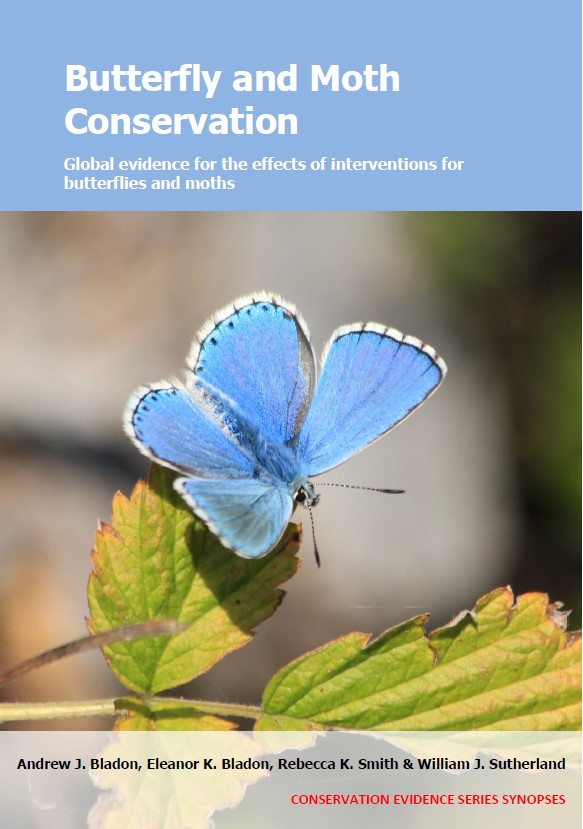Use motor bar mowers rather than rotary mowers
-
Overall effectiveness category Awaiting assessment
-
Number of studies: 2
View assessment score
Hide assessment score
How is the evidence assessed?
-
Effectiveness
not assessed -
Certainty
not assessed -
Harms
not assessed
Study locations
Supporting evidence from individual studies
A replicated, randomized, paired, controlled study in 2007–2008 in Switzerland (Humbert et al. 2010) found that harvesting meadows using a hand-pushed bar mower killed or injured fewer large white Pieris brassicae caterpillars than using a tractor-pulled rotary mower. Fewer caterpillars were killed by a bar mower (20%) than by a rotary mower used without (35–37% killed) or with (41–69% killed) a rear flail conditioner attached. Similarly, fewer wax models were damaged by the bar mower (11%) than the rotary mower used without (17% damaged) or with (28% damaged) a conditioner. In 2007–2008, in each of nine meadows, three 2.5-m-long plots were randomly assigned to three mowing treatments: 1.7-m-wide hand-pushed bar mower, or 2.5-m-wide tractor-pulled rotary drum mower without or with a rear flail conditioner, all cut to 6 cm. Before mowing, half of 200 wax caterpillar models (100 large and 100 small) were placed on the ground and half were tied to vegetation 20–30 cm high in each plot. In 2008, on five meadows, large white caterpillars were placed on the ground (50 caterpillars) and in the vegetation (50 caterpillars) in each plot. After mowing, wax models and caterpillars that survived were checked for damage or injuries.
Study and other actions testedA replicated, site comparison study in 2009–2011 in 133 mixed farms in the Central Plateau, Switzerland (Stoeckli et al. 2017) found that farms with more in-field agri-environment scheme (AES) options, including using bar mowers instead of rotary mowers, had a similar abundance and species richness of butterflies to farms with fewer AES options. Both the abundance and species richness of butterflies on farms with a larger area of in-field AES options was similar to farms with smaller areas of in-field AES options (data presented as model results). A total of 133 farms (17–34 ha, 13–91% arable crops) were managed with in-field AES options, including use of bar mowers, staggered mowing, no silage, undersown cereals, undrilled patches in crops, wide-spaced rows, cover crops and no chemical inputs. Fields without chemical inputs contributed about half of the area of AES options, on average. From May–September 2009–2011, butterflies were surveyed six times on 10–38 transects/farm, totalling 2,500 m/farm. Each transect ran diagonally through a single crop or habitat type, with all available crops and habitats represented. All visits to a farm were completed in a single year, and the species richness was summed across all visits. Total abundance of butterflies was calculated from the number recorded in each habitat, and the availability of each habitat across the farm.
Study and other actions tested
Where has this evidence come from?
List of journals searched by synopsis
All the journals searched for all synopses
This Action forms part of the Action Synopsis:
Butterfly and Moth Conservation
Butterfly and Moth Conservation - Published 2023
Butterfly and Moth Synopsis





)_2023.JPG)














